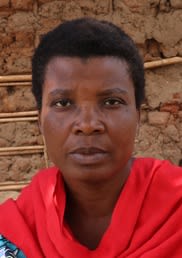Navigating norms and insecurity: Men, masculinities, conflict and peacebuilding in Afghanistan
This report analyses the ways conflict and peacebuilding have impacted men in Afghanistan and how this shapes gender equality, peace and the security agenda.
Afghan society and, with it, gender norms, expectations and roles have been profoundly shaped by four decades of war, displacement and foreign intervention.
These changes have not been unidirectional, uncontested or the same for the whole of Afghan society. New opportunities and spaces have arisen, sometimes temporarily, for more equitable and flexible understandings of gender, while simultaneously other spaces have closed and more rigid understandings of gender norms have prevailed.
As anywhere, gendered expectations and gendered power dynamics are closely tied to other socio-cultural norms and identity markers. Class, age, location, education, dis-/ability, social status and ethnicity are among key factors that interact with masculinities to set different, though often similar, sets of expectations on Afghan men and boys – but also often radically different possibilities of meeting these expectations.
While custom and religion, i.e. Islam, are often invoked in underscoring gender norms and expectations, how these are interpreted in practice differs between locations and individuals, even if the basic tenets remain the same.
The focus of this paper is how men and masculinities in Afghanistan have been shaped by – and themselves shape – conflict and peacebuilding, and what this means for the implementation of the women, peace and security agenda.
This focus comes out of an understanding of gender that is relational, i.e. that gender norms, roles and power dynamics are formed and play out in relation to each other, and that therefore promoting women’s empowerment also requires working with men and boys in a transformative manner.
This paper has been produced in partnership with the Peace Training and Research Organisation (PTRO).






